The battle of Badr took place during the month of Ramadan. The battle was fought between the Muslim forces led by Prophet Muhammad PBUH and the Quraish tribe of Makkah.
Summary
The battle between the Quraysh tribe of Makkah and the early Muslims occurred in the small town of Badr located in the Madinah Province, on the 17th of Ramadan in 624 CE. The Holy Prophet led this battle for Muslims. Around 313 Muslims faced up against 950 well-equipped warriors, whom Abu Jahl led.
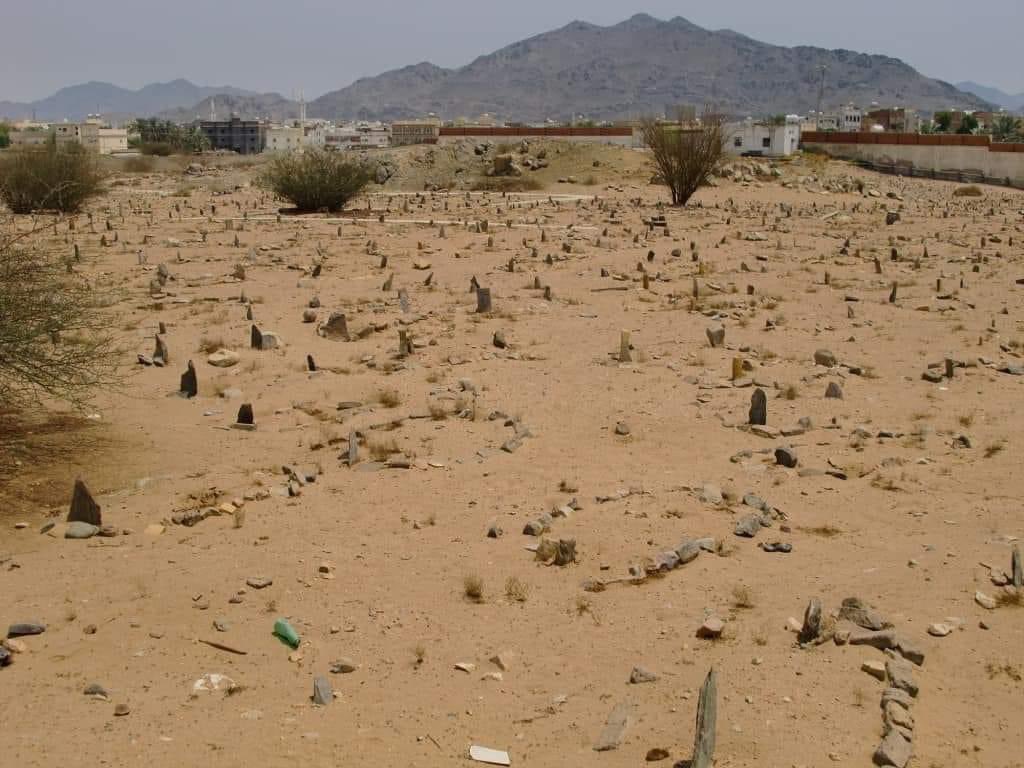
Despite the numerical disadvantage, the Muslims won, marking an important event in Islamic history. This triumph raised spirits, confirmed the Holy Prophet’s leadership, and paved the way for more Muslim achievements. It also made the Quraysh less conceited and ultimately resulted in the capture of Makkah.
Lessons
The Battle of Badr teaches lessons about organizing strategies, unity, belief, and patience. Despite being fewer the early Muslims, headed by the Holy Prophet, won through excellent plan of action and collaboration. And due to the divine intervention, 5000 angels helped Muslims to win the battle.
The Holy Prophet’s leadership, alongside the devotion and perseverance of his followers, demonstrated the value of leadership and confidence in overcoming difficulties.
The Muslims’ sincerity and appreciation for their victory demonstrate the value of dignity in achievement. Ultimately, the Battle teaches timeless principles that can be applied to many parts of life.
Result
Approximately 14 warriors from the Prophet’s camp were martyred at the Battle of Badr, and the Quraysh army lost 70 of its most important fighters, including Abu Jahl and Umayyah ibn Khalaf.
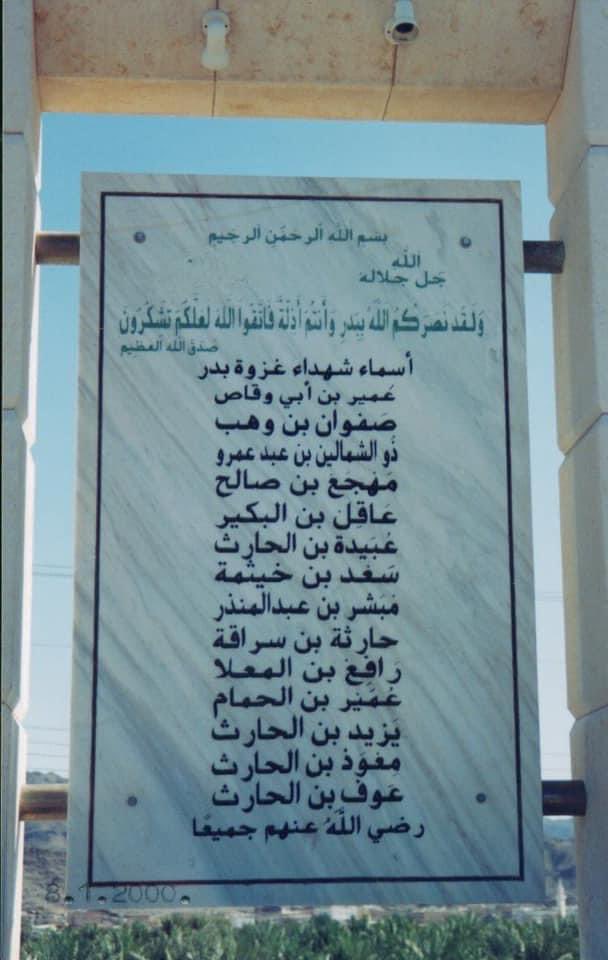
Another overlooked fact about the conflict of Badr is that the Muslims knew they would win the war, according to a revelation from Allah to Prophet Muhammad. The Muslim soldiers became more encouraged when he informed them of this revelation.
Allah revealed:
“Allah has promised to grant you victory over one of the two groups (the caravan and those who had come to defend it), but you wished to fight the unarmed one. He sought to fulfill His promise and to annihilate the believers so that truth should triumph and falsehood be uprooted, though the wrongdoers wished otherwise.”
(Surah al-Anfal, verses 7-8)
The Quraysh and all other tribes recognized the Holy Prophet as one of the most significant chiefs in the area, and the battle played a pivotal role in demonstrating the might of the Muslims in the Arabian Peninsula.
Battle of Badr Important Locations
Masjid Suqya
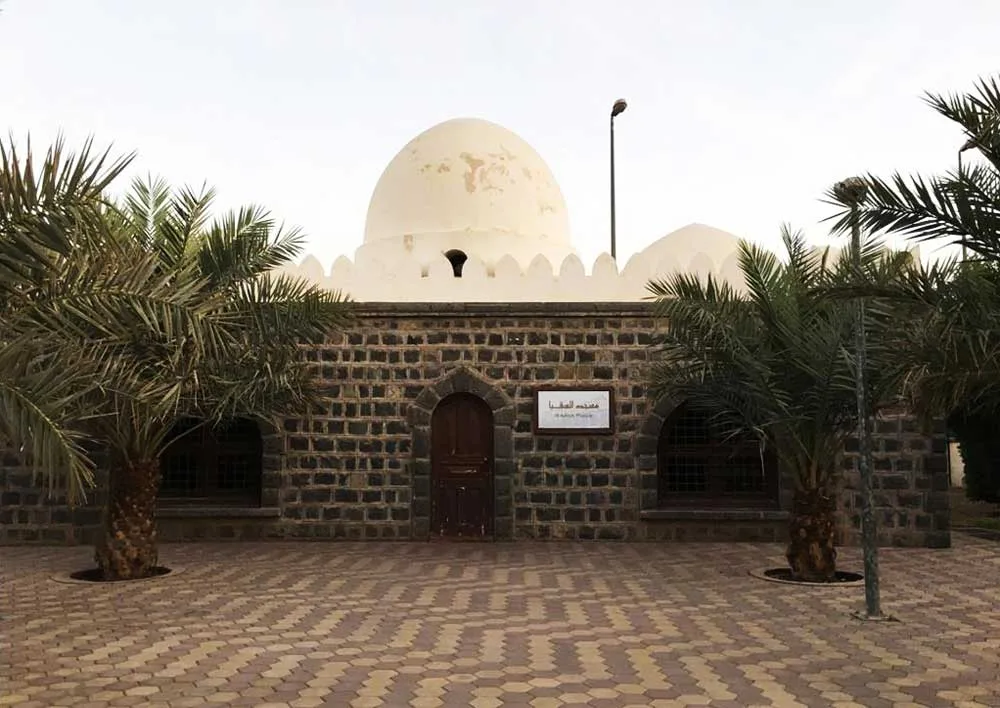
Masjid Suqya is located 2 km from Masjid-e-Nabwi, near the Anbariya train station. When the Prophet (PBUH) set out for the Battle of Badr, he stopped here to perform ablution and offer salah. He also supplicated for the people of Madinah and paraded his forces.
Irq al-Zabiyyah
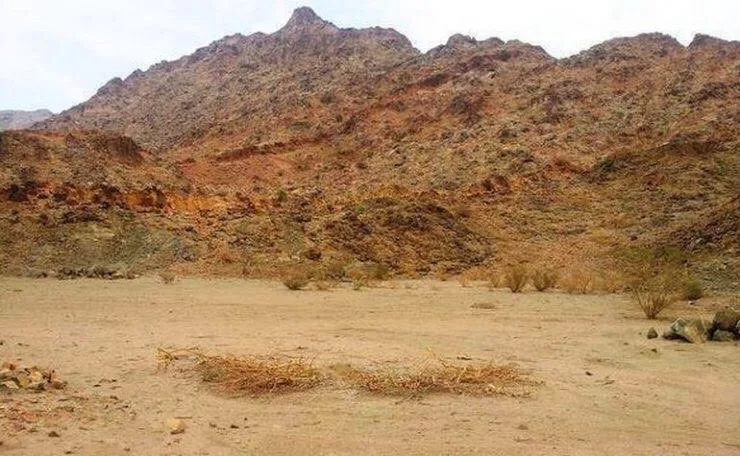
Here, on the 14th of Ramadan, the Prophet (PBUH) and his companions paused during their march to Badr. At this spot, he sought their counsel on whether to proceed and confront the mushrikeen of Makkah.
Ar-Rawha
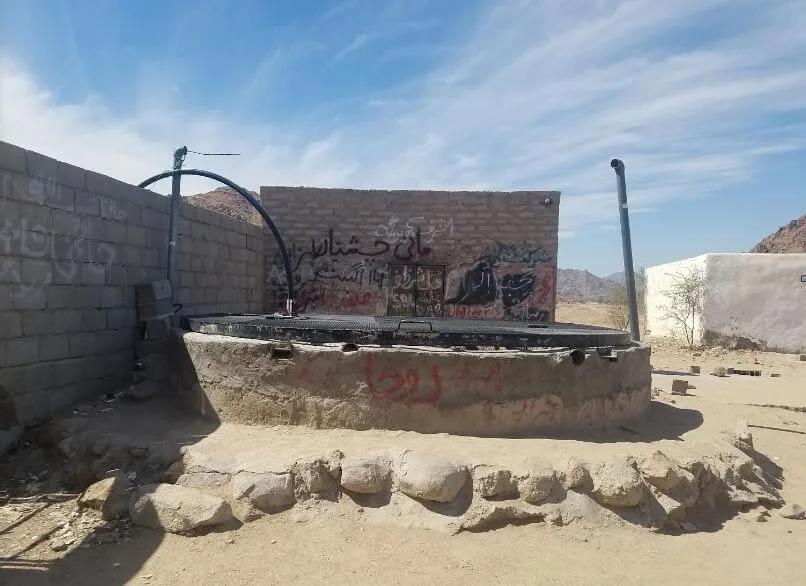
This is a place outside Madinah where the Prophet Muhammad (PBUH) and his companions rested on the 14th of Ramadan during their march to Badr. It is reported that the Prophet (PBUH) drank from its well, known as Bir Rawha. Islamic tradition holds that, at the end of time, Prophet Isa (a.s.) will pass through this area.
Al-Musayjeed
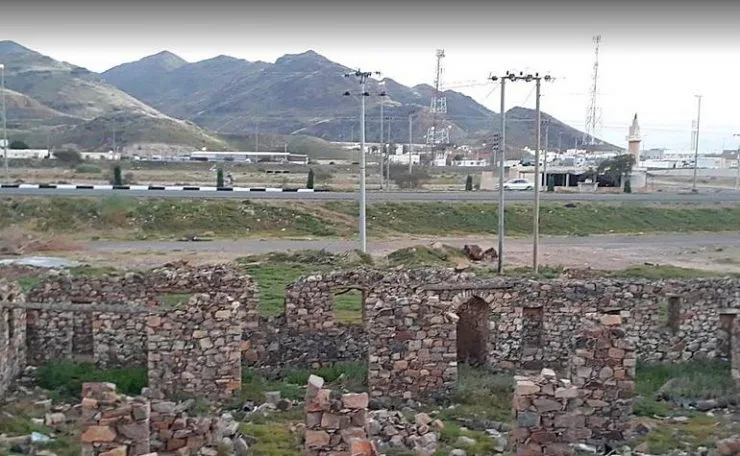
This is another spot where the Prophet (PBUH) and his companions stopped on their way to the Battle of Badr. They performed salah at this site, where the ruins of an old mosque now stand. After departing, the Muslim army continued its journey, passing through Al-Wastah and then the valley of Al-Safra.
Wadi Dhafiran
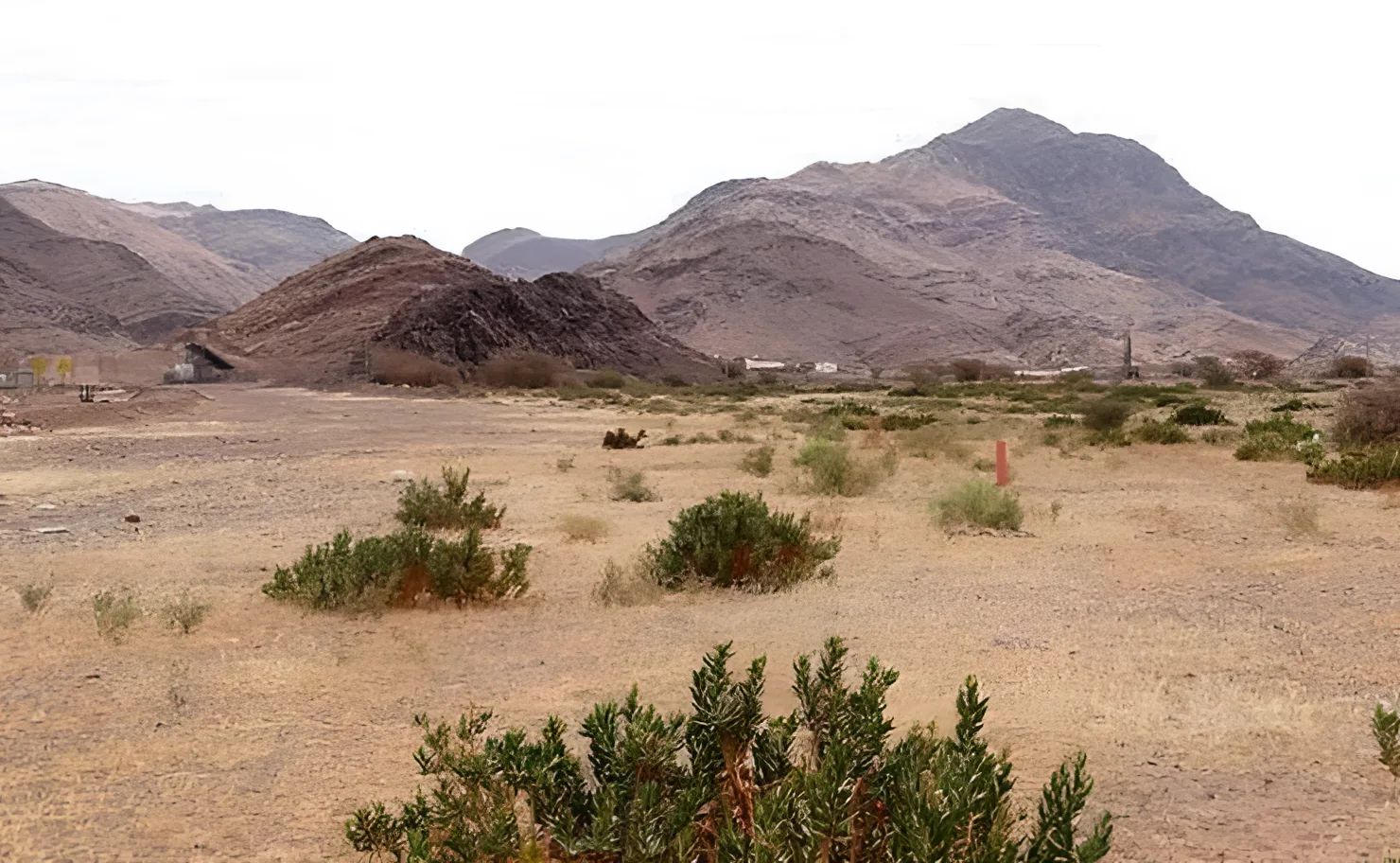
This valley, located outside the boundaries of Madinah, is where the Prophet (PBUH) consulted with the Ansar once it was clear that the Muslims would engage in battle with the Quraysh. The Ansar pledged their full support at that time.
Katheeb al-Hannan
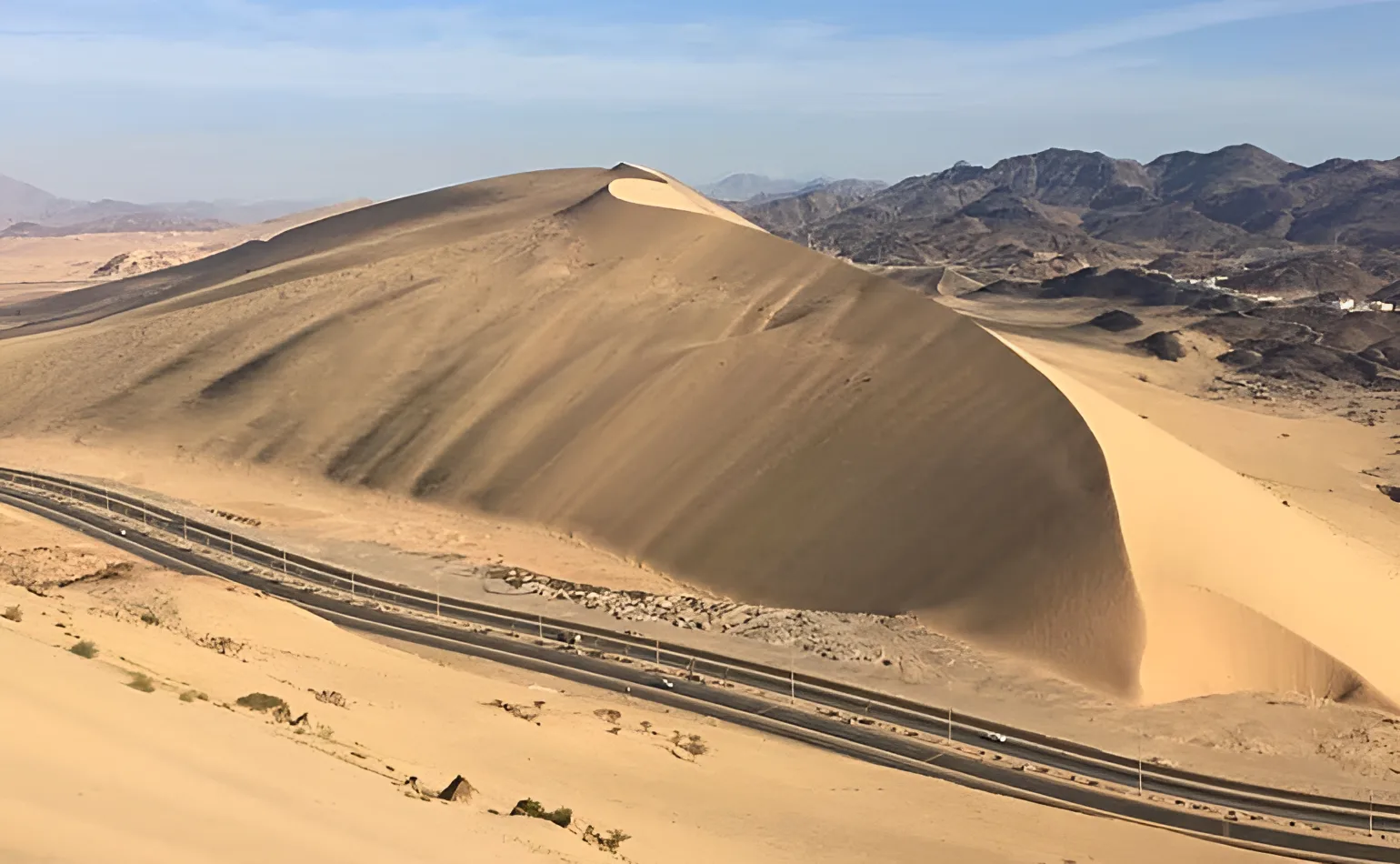
This sand mountain, known as Katheeb al-Hannan, is where the Prophet (PBUH) and his companions first rested upon arriving at Badr. On that Thursday night, the eve of battle, the Prophet (PBUH) spent the entire night praying to Allah for His help.
Masjid Areesh
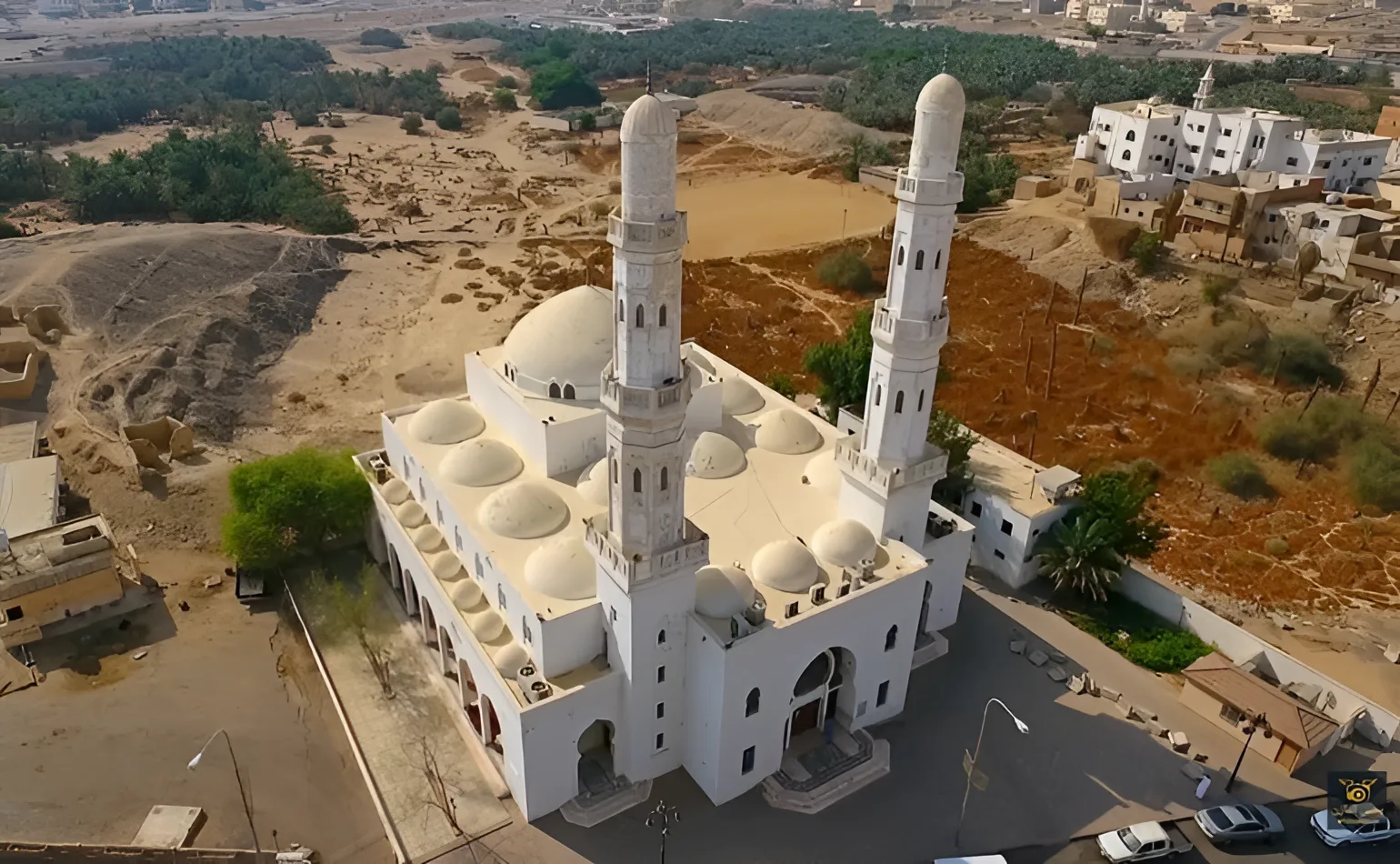
Masjid al Areesh was the place where the Prophet Muhammad PBUH’s tent was placed. “Areesh” means the shadow of date palms, and the original mosque was built at the site where the minbar stands today.
Al-Aqanqal
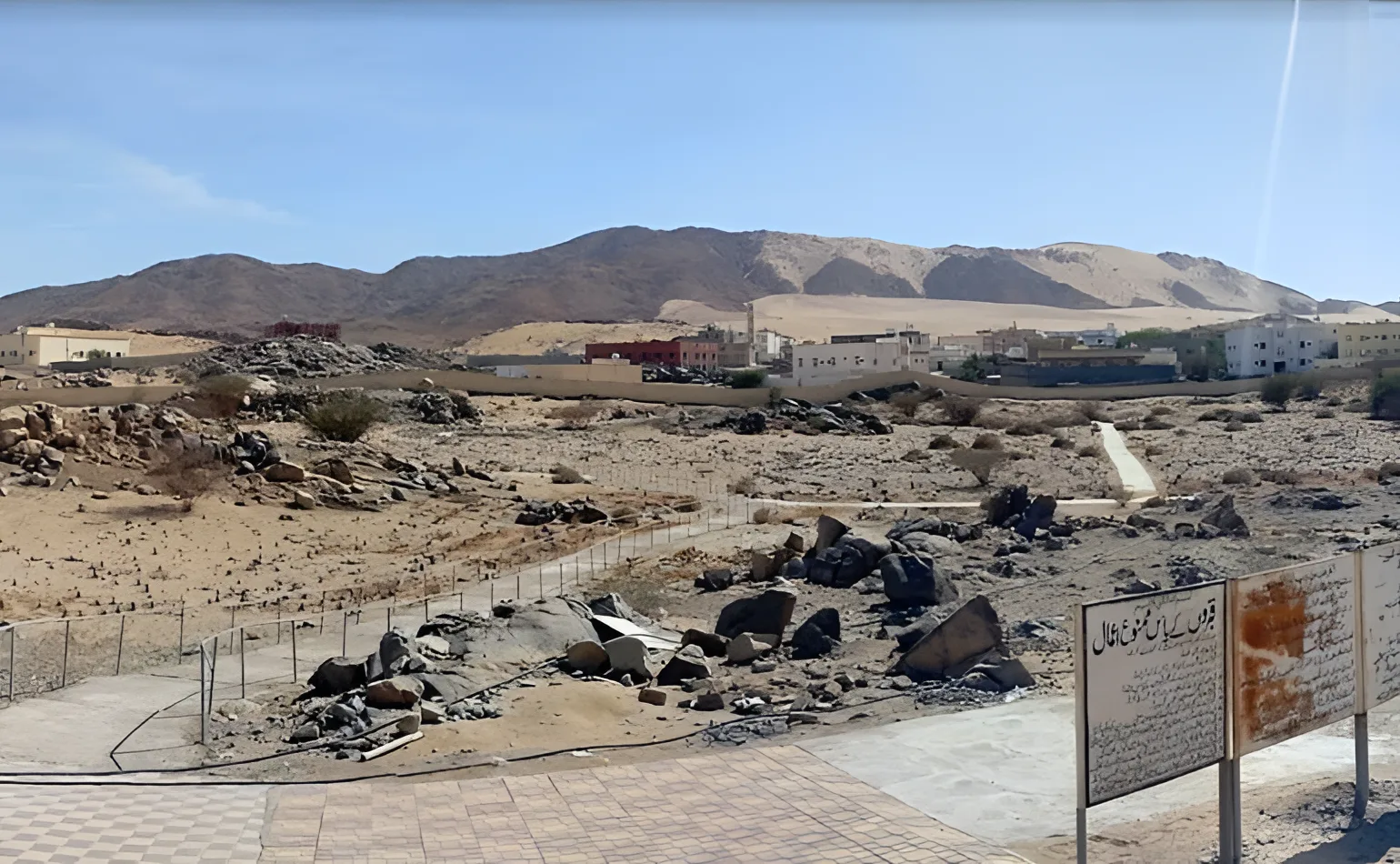
Al-Aqanqal, also known as Udwatul Quswa, is a prominent hill located on the western side of the Yalyal valley, where the Quraysh camp was situated during the Battle of Badr.
Battle of Badr Site
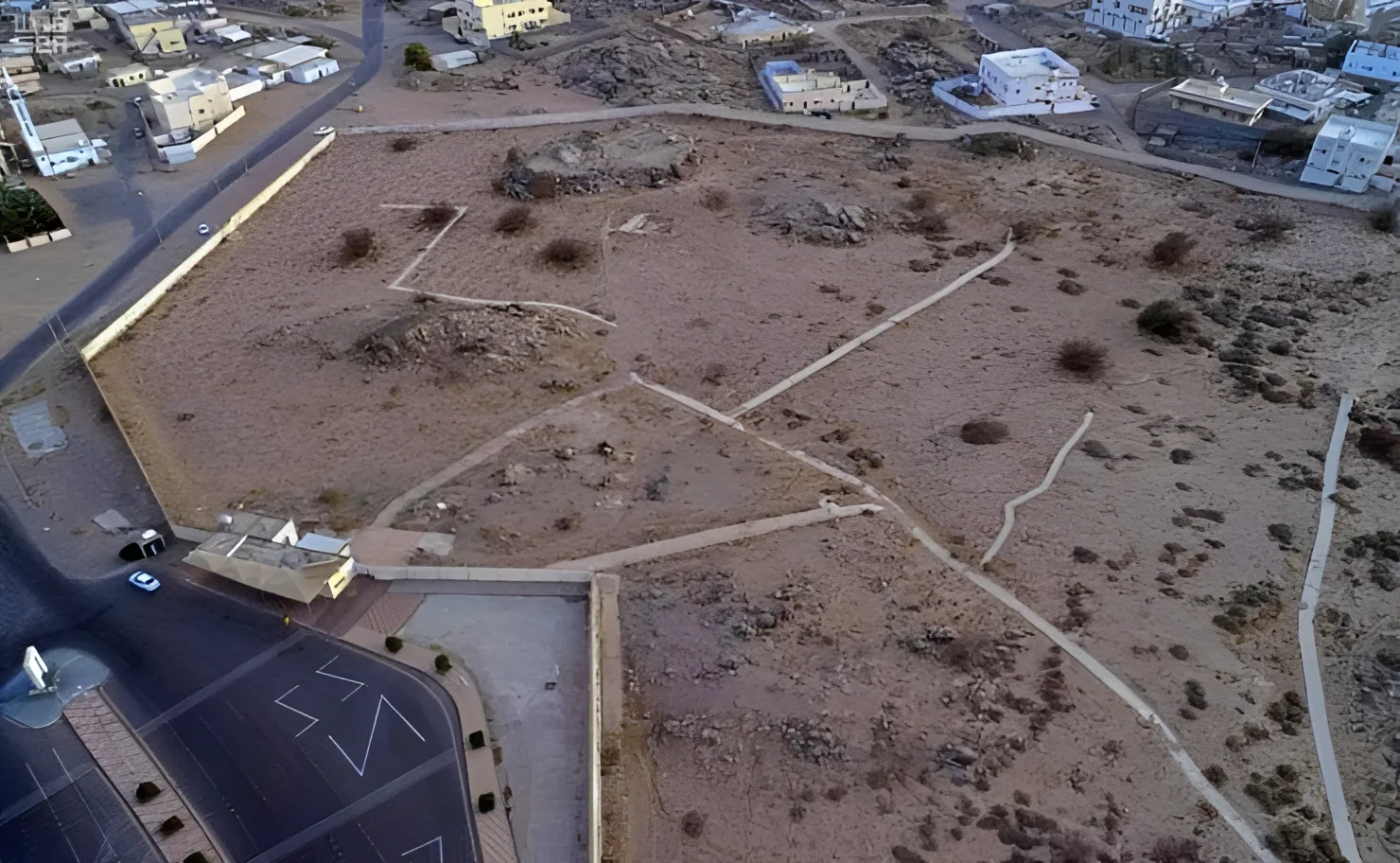
This is the site where the Battle of Badr took place. On the 17th of Ramadan, 2 AH, a Muslim force of only 313 faced an enemy army of 1,000 Quraysh. With Allah’s help, the Muslims achieved victory. The location is about 70 to 80 miles from Madinah.
Jabal Malaikah (Mountain of the Angels)

Jabal Malaikah is next to Katheeb al-Hannan. Muslims believe this mountain is where angels came down to help Prophet Muhammad (PBUH) and his followers during the important Battle of Badr against their enemies.
Burial place of the Martyrs of the Battle of Badr

Only 14 Muslim fighters died in the battle. If you look from above, you can see the land where these companions (Sahabah) who died as martyrs are buried. The first martyr was Umayr bin al-Humam (May Allah be pleased with him).
Martyrs Memorial battle of badr

This monument stands near the Battle of Badr location, displaying the names of the 14 companions (Sahabah) who became Islam’s first martyrs in war. Six were Muhajiroon (Emigrants from Mecca), and eight were Ansar (Helpers from Medina).
Al-Qaleeb
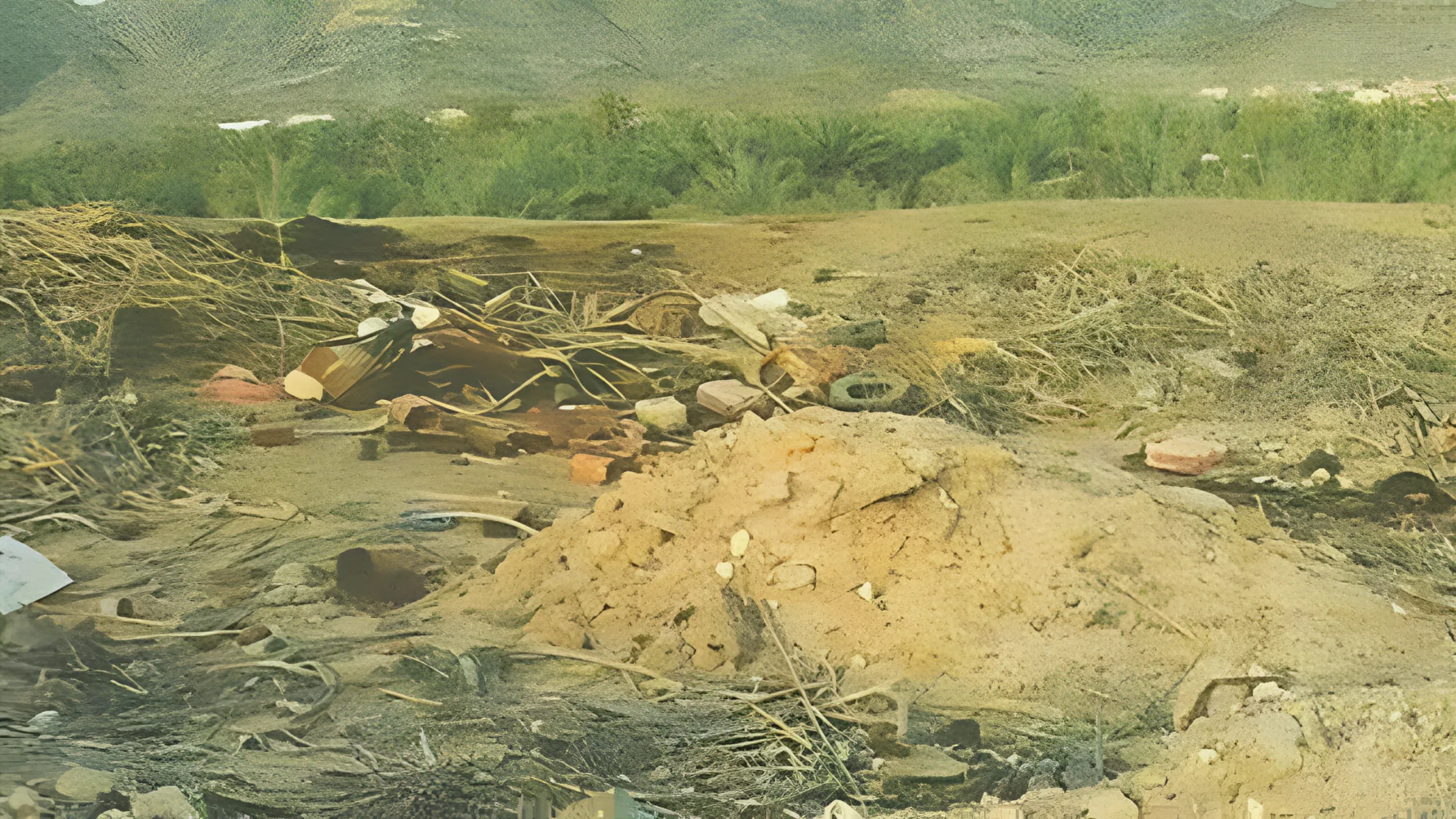
Burial Site of the Pagans (Mushrikeen). This dry area near Masjid Areesh is believed to be where some Makkan pagans were buried after the battle. The site is called Al-Qaleeb by locals. Many of Islam’s strongest enemies died here, like Abu Jahal (May Allah curse him).
Significance
The battle of Badr had a major impact on the growth of Islam. It benefited the Holy Prophet’s rise to recognition and prominence as a global leader. It is also mentioned in the Holy Quran in Surah Al Imran (verses 123-126) and Surah al Anfal (verses 7-9 & 41-45).
According to Islamic history, two days before the Battle of Badr, on the 15th of Ramadan, there was plenty of rain around the vicinity of the battlefield and surrounding regions. Muslims interpreted this as an act of Allah’s mercy for those who followed, as it was hard for those who did not follow to climb the muddy slope.
The battle of Badr offers a powerful reminder that victory is always achievable for those who put their trust in Allah, regardless of how difficult the situation we confront, or how fierce the opponent may seem.

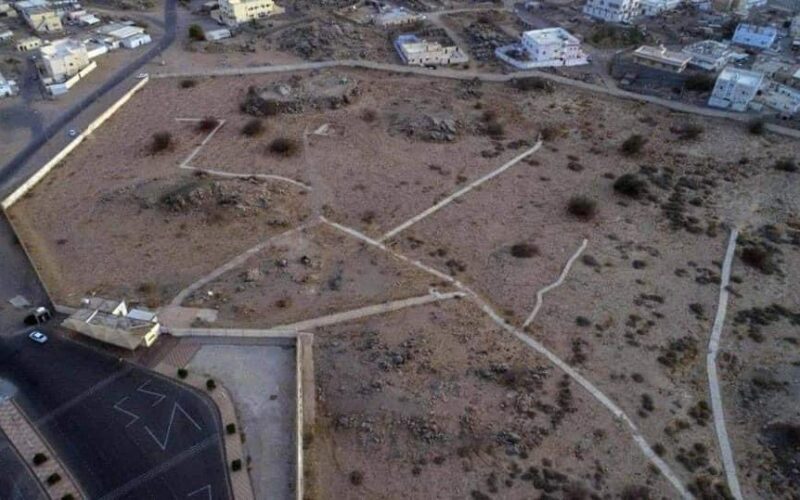
 WhatsApp Channel
WhatsApp Channel
 Instagram
Instagram
 Facebook
Facebook
 X (Twitter)
X (Twitter)
 Google News
Google News
Assalamualiakum, this was very interesting and helpful, thank you for sharing.